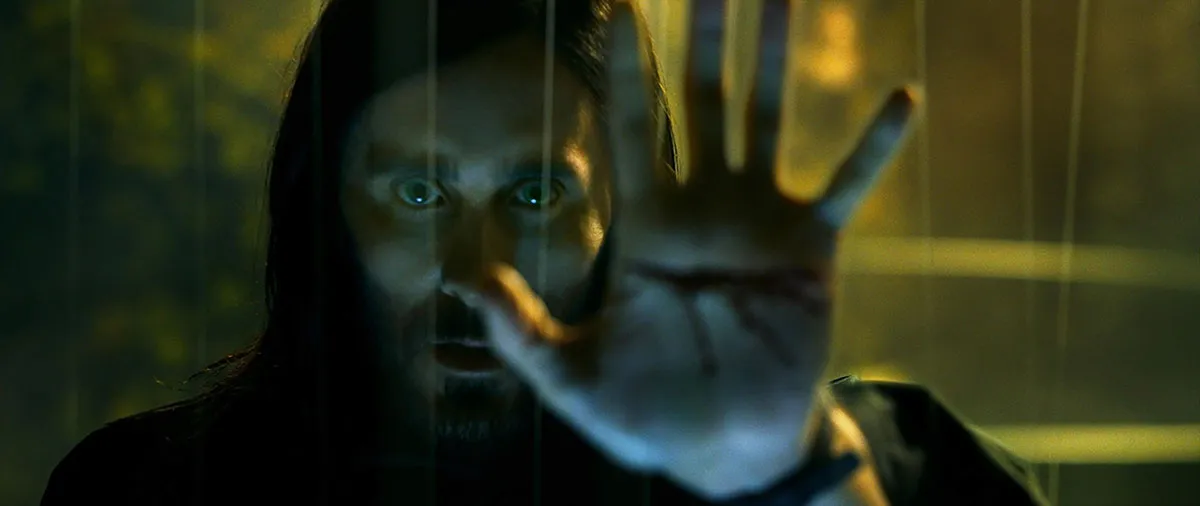They’re feasting on your blood, they’re romancing your teenage daughter, they’re helping your child count to one, two, three, ah, ah, ah. It seems that vampires will never die.
Indeed, it felt like only a matter of time before one became a superhero, with new Marvel movie Morbius telling the story of a biochemist who accidentally infects himself with some kind of vampirism. It’s a film that raises many questions. Why do they keep trying to make heroes of Spider-Man’s villains? How much real blood did Jared Leto drink for the role? And most pressingly of all, why do we continue to be fascinated by vampires?
Origins of the vampire myth
The origins of vampire folklore likely have their roots in science. There are theories, for example, that diseases such as porphyria, a rare blood disorder that causes the skin of sufferers to blister when exposed to sunlight, influenced the myth.
Meanwhile, evolutionary psychologist Helen Driscoll, an expert in dark personalities from the University of Sunderland, cites the story of Peter Plogojowitz, a man who died in Serbia in 1725. It is said that after his death nine people died of a mystery illness, while others reported seeing him rise from the grave.
“The story went around that he had come back to life,” she says. “So they dug up his body, staked him through the heart and saw all of these signs that they mistook for him having come back to life. He seemed a bit warm. It looked like his hair and nails were growing. And we know now that those things are normal. After rigor mortis passes, bodies become supple again. So without that scientific knowledge, vampirism was a way of making sense of something quite confusing and scary.”
The folklore of vampirism spread from instances like these because, as Driscoll explains, we have “a cultural bias towards content that has survival or reproductive value. Imagine being in your house late at night, with that story going around and believing in it. We pay serious attention to stories that play on our fear of death.”
Vampires in modern media
We now live in (slightly) more enlightened times. According to a YouGov poll conducted in 2019, for instance, only 13 per cent of Americans believe in the existence of vampires compared to 45 per cent who believe in ghosts. But from Dracula to Buffy to Twilight to Morbius, our embrace of science has done nothing to dent the enduring mythology of vampires. Indeed, vampires have become so engrained in popular culture that they have undergone something of a metamorphosis: from the monsters of horror fiction to the heroes of romance.

“Vampires have become something that we almost aspire to,” says Driscoll. “I think that has a lot to do with immortality, which again ties in with our strong instinct to survive.
"There’s also the element of eternal youth, if you’re turned into a vampire at the right age. And that is tied into reproduction, because youth is associated with higher levels of attractiveness. Vampires themselves typically can’t reproduce, but that doesn’t really matter because there’s this symbolic link to penetration through fangs. Male vampires like Dracula have multiple female partners.”
Are there real-life vampires?
Vampirism isn’t always so symbolic, however. In 2015, the Guardian ran a report on a tiny subculture of people who identity as vampires and speak of suffering from haematomania –cravings to consume blood. Beyond the dangers of associated with drinking blood (such as the risk of various diseases and a dangerous amount of iron), Driscoll says this kind of role play is relatively harmless. Where it becomes sinister however is when the craving for blood becomes mixed up in dangerous psychiatric disorders and behaviours.
The phenomena of clinical vampirism, otherwise known as Renfield syndrome, is a contentious and often dismissed field of psychiatry. It is commonly associated with serial killers. John Haigh, an English 1930s serial killer known as the Acid Bath Murderer, was known to drink his victims’ blood, for example, while German serial killer Peter Kürten became known as the Vampire of Düsseldorf in 1929 for similar behaviour. But as Driscoll explains, the idea that these men suffered from some disorder that made them turn into vampires is far too simplistic.
“Clinical vampirism is really rare and not well understood,” she says. “It’s more of a psychosis really. So the Acid Bath Murderer is a really extreme example of a delusional psychotic disorder that resulted in an extreme form of vampirism; but we try and put mental disorders into boxes and really, it doesn't work like that.
"The boundaries are blurred between them, which is why people are sometimes diagnosed with one thing and then their diagnosis is changed to another. It’s not really a categorical thing.”
Still, perhaps it’s for the best that vampires remain in the shadows of fiction.
About our expert, Dr Helen Driscoll
Dr Helen Driscoll is Principal Lecturer in Psychology at the University of Sunderland and a Chartered Psychologist.
Her research interests include sexuality and sexual behaviour, and dark personality.
Read more fromPopcorn Science: